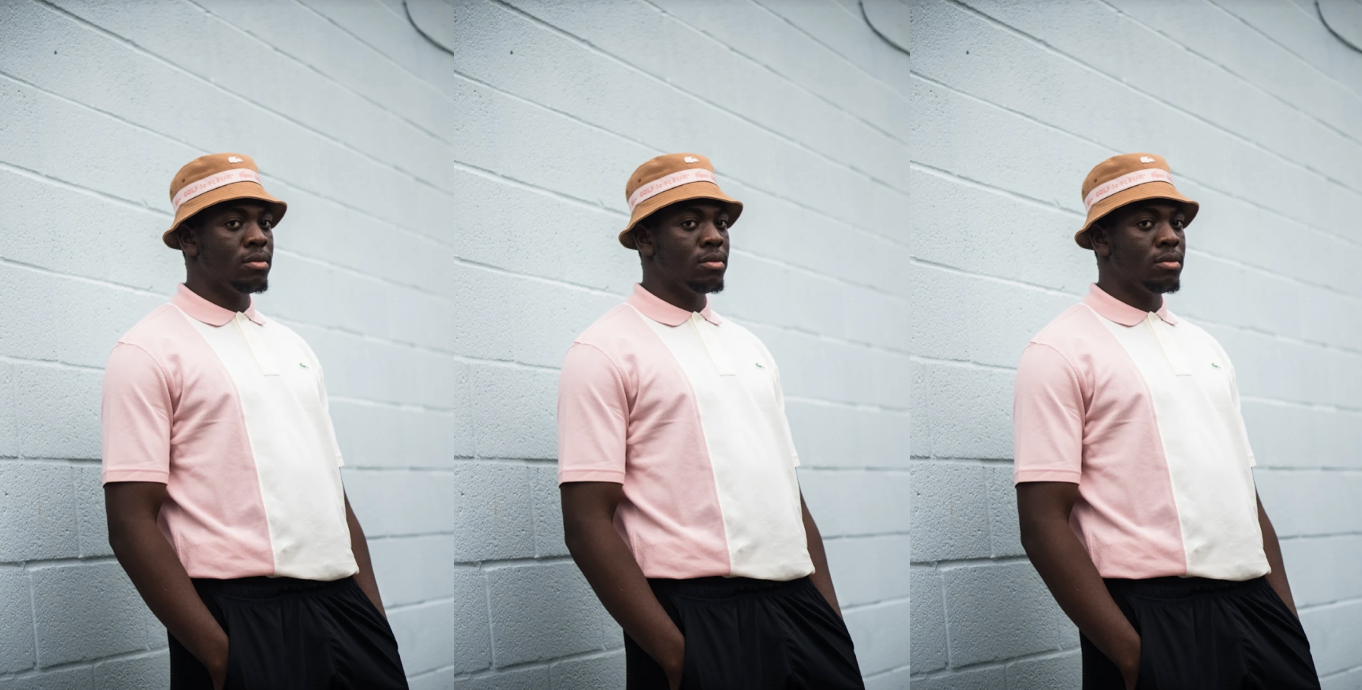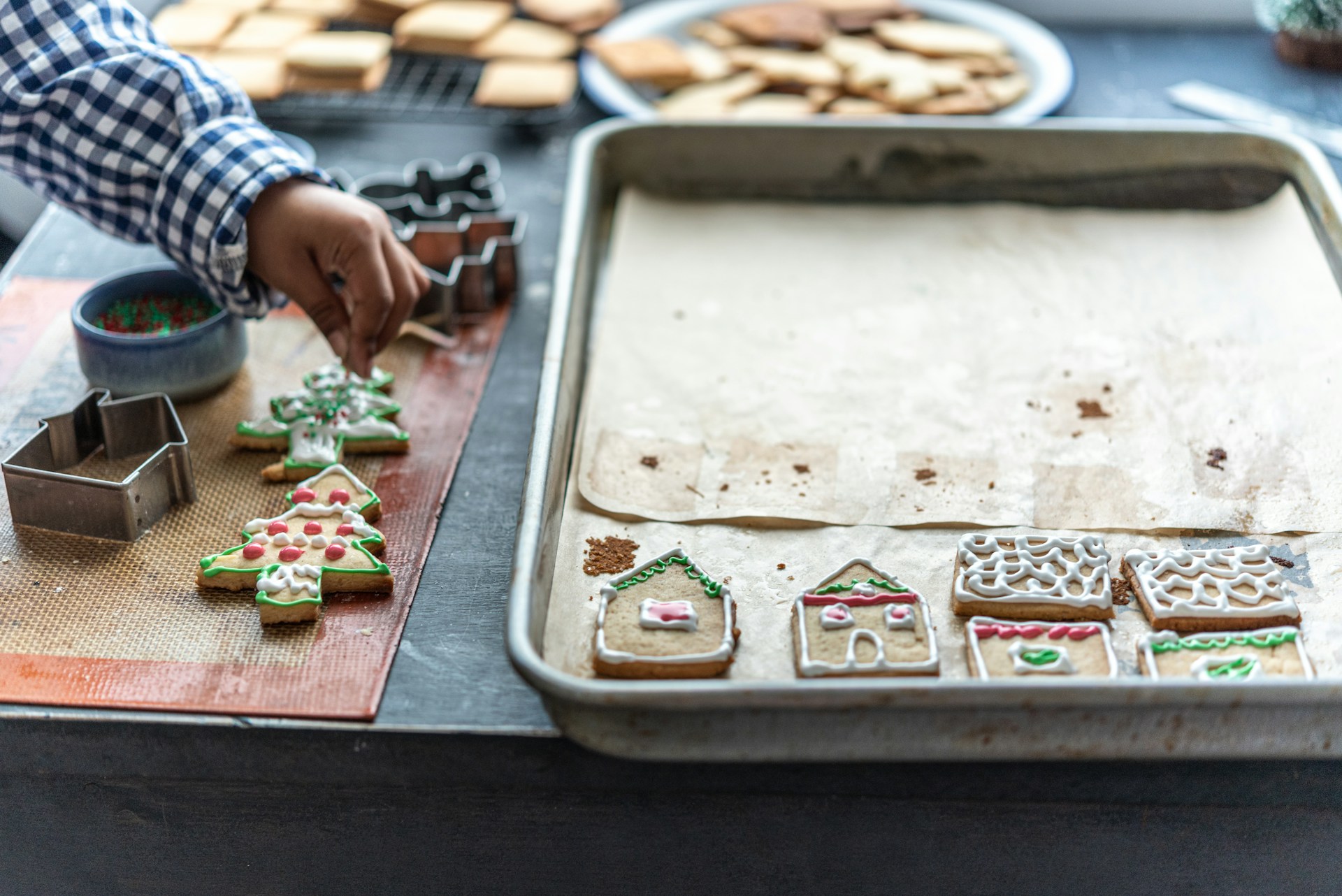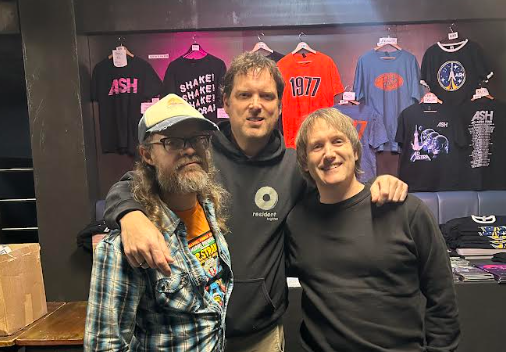Fashion Editors Suraya Kazzuz and Maggie Gannon got the chance to speak with Ayo Ojo, journalism student, YouTuber and editor of the magazine The Fashion Archive to talk about his recent endeavours and his moves within the fashion industry.
So, can you introduce yourself to our readers a little bit to let them know how it all started for you in the world of fashion?
My name is Ayo. I think I was always into fashion. When I was 10, I moved from London to Nigeria. When I lived in London, I definitely cared about fashion, but it’s more of a focus in Nigeria. People actually care about what you wear. Nigeria is the type of country where if you leave your house with an un-ironed shirt, everyone on the street will ask you why your shirt is not ironed? Whereas I come back to London and everyone’s shirt is scruffy. So, I think I started to get into fashion because of things like that, but that was more in terms of style and the way people dress. Once you start getting interested in that, you start finding out about different designers; that’s how I started finding out about people like Yohji Yamamoto and Comme des Gar├ºons.
And in terms of working in fashion?
I actually stumbled into it by mistake. I was doing a summer job where I would help people take their furniture to a house they were moving to. So, this woman, in particular, I got her bed and her fridge and put it into a truck and went to Paris where she was moving to. I offloaded her things, and as I was unpacking her stuff, I saw a Vogue magazine, and she was on the cover. So, I asked, if she was into fashion. She told me that she had a fashion brand. This is literally as I’m working, I was carrying her beds and stuff into the rooms, and we were just talking about fashion.
I don’t know if she just enjoyed the conversation or something, but she was like, “You’re an interesting person; we should go for dinner”. So, then we went for dinner in Paris, and she told me she had been looking for an intern to work for her and that it was a paid opportunity, so if you’re free, when can you start? So, I was like, yep! I’m starting tomorrow, so I quit my job. This was my first fashion job. It’s funny because most fashion internships aren’t paid, so the fact that I randomly stumbled across a paid internship is even more hilarious.
I think everything I learned about fashion was during that internship. I did everything from getting coffee, as everyone does, to going to suppliers for buttons and zips, making patterns, and learning to sew. We had a machinist who also did sewing for Balenciaga in the Balenciaga Ateliers, so I actually got to go to a Balenciaga show in Paris because he came into work with tickets one day and asked who wanted to go. So, I think before the internship, I did read about designers. Still, there were certain things I didn’t know about, especially when it comes to how the clothes are actually made. I just knew about the history of the clothes.
I remember on my first day at the internship, she wanted me to arrange these fiscal patterns, and she asked, “Do you know what patterns are?” and I was like “, no, not really”. She had to sit me down a lot and actually teach me key terms. So yeah, that’s literally how the fashion journey started for me.
From there, how did you decide to begin making YouTube content for your channel The Fashion Archive?
When I was on my first internship, I felt all of the stuff I was learning about was really interesting. There was nowhere for me to learn about it outside of my internship. At the time on YouTube, the fashion videos were like styling videos or like “five ways to wear white sneakers” that sort of content, so I thought it was kind of weird that no one was making videos talking about runway shows or the industry itself. I found it strange because it’s such a huge part of the industry, and now luckily, there are a lot of people that do that, which means we’ve done something positive in the world. It was the type of stuff I wanted to learn about, but I wasn’t seeing it, so that was how The Fashion Archive YouTube channel started.
You decided to release a magazine also entitled The Fashion Archive. What inspired this move?
Similar to everything else I’ve done, I was sort of looking at magazines and asking, “why doesn’t this exist?”. When researching Diana Vreeland, the fashion editor, when she was at Harper’s Bazaar in the 1940s and ’50s, I realised how creative the fashion magazines were. It was about commerce. About creativity: talking about fashion, learning about fashion, analysing fashion. It wasn’t about celebrities.
Nowadays a celebrity has to be on the cover of every magazine, and I thought, why aren’t magazines like they used to be? Why is everyone super commercial now? So, I decided I was going to make a fashion magazine where the cover is black, so there’s no cover star. I could have Harry Styles in my magazine, and the cover would still be black. Which means you’re not coming to read the magazine because you’ve seen the cover star, and you’re just going there for that story. You’re actually going to flip through everything and read everything. You’re actually going to consider everything that’s written in the magazine. That was how I viewed Harper’s Bazaar from 50/60 years ago. I was just kind of frustrated with the way fashion magazines are now, so that’s why I decided to make my own.
What was the process like in making the magazine? What were your favourite and least favourite aspects?
My favourite aspect was definitely doing the interviews because I learned so many different things about designers, creatives, and cultures. I got loads of nuggets about the industry that I didn’t know. The most difficult part was definitely the logistics of it. So, going to a printing press, actually printing loads of magazines. One thing that happened was that I made the cover black, but when I sent it to the printer, he was like, “it looks black on your screen, but when it’s printed, it won’t look the same, so you have to change your black settings for a deeper black”. It’s all those really technical things that I had to learn along the way, which were quite tedious. But it was a good experience because now I know.
I think that many creatives find that there is a specific factor that drives their interest in fashion, whether it be sustainability or respect for history ÔÇô I’m interested to know what you would say it is for you?
I’d definitely say it’s history, only because I feel like, because of the climate of social media, there’s all this culture of call out, and conversations you hear like “you copied me” or this person copied that person, but really most of those things have already been done. If you have a good understanding of the history, it can inform how you view current fashion. I’ve made videos on why fast fashion exists, for example, and videos on cultural things that have happened in each decade because I feel that if you understand the history of fashion, everything else makes sense contextually. I find it fun to learn about that, but I also find it fun to teach others about it, which I can do through my YouTube channel.
Which has been your favourite YouTube video to make?
That’s hard because there are so many! It was probably a recent video where I interviewed Walter Van Beirendonck (head of the Fashion Department at the Royal Academy of Fine Arts Antwerp). I think that was my favourite because I’ve read about him for so long. Speaking with him and interviewing him was a bit crazy and surreal. I remember being in my room reading about the Antwerp Six, so it was kind of strange.
You recently made a video on Virgil Abloh where you speak about the impact he has made on you. Are there any other creatives that have had a significant impact on you?
Probably too many to count. There are people all the way to graphic designers that inspire me. So, as I mentioned before, Diana Vreeland, when she was the fashion editor of Harper’s Bazaar, the graphic designer was this guy called Alexey Brodovitch. He was very revolutionary in the design of magazines and how they are laid out now.
He brought negative space into magazines, for example, when you have images facing each other, and it looks like the pages are interacting, that sort of came from him. Or the design where there’s text in one corner and the rest of the page is blank. Because before then, people tried to be efficient with pages and ink, tried to make use of the whole page. But he was like, no, it’s all about creativity. This is the thing; people just open magazines and don’t realise that all these ideas come from one person. So, he’s someone I find really inspirational.
There are writers that inspire me like Robin Givhan (fashion editor at The Washington Post), Alexander Fury (journalist and men’s critic for Financial Times), Cathy Horyn (Critic who worked at The New York Times), Tim Blanks (Host of show Fashion File and editor at large for style.com) or Vanessa Friedman (Fashion director at The New York Times). So, I’m inspired by people from all different disciplines.
You recently made a video on the most significant fashion moments of 2021. I want to know what your favourite fashion moment of 2021 has been? What you’re looking forward to in 2022?
My favourite fashion moment was probably Balenciaga Couture. Just because it was the most iconic moment. A very historic house bringing back couture, I don’t think there was a bigger fashion moment. Of course, there were unfortunate deaths such as Virgil Abloh and Albert Elbaz, but in terms of positive fashion moments, I think it was Balenciaga.
In 2022 I think there’s a lot to look forward to; Schiaparelli is still on the rise, I look forward to seeing how they grow, and brands like Alia are also on the rise. Also, designers we haven’t seen are designing collections for new houses. For example, Matthieu Blazy, the creative director of Bottega Veneta, hasn’t had a collection yet, which is highly anticipated. Across the board, there are many things to look forward to.
And personally?
I’m just gonna keep making videos. In the summer, I plan to release the second issue of The Fashion Archive. So that’s one thing to look forward to. I’m still trying to balance things with Uni.
You study Fashion Journalism at university, how is that going?
Difficult and fun at the same time. My course is fashion, communication, and journalism. So, the belief is that journalists have to communicate in very different ways, so we have all kinds of projects, from shadowing designers and helping them with press releases to creating podcasts and making videos. We had a project where we had to make a journalistic platform in the metaverse, so our projects are varied and sometimes take a lot of work. There are times when we’ve had to make websites from scratch, so very challenging but fun, and I feel that I’m learning a lot.
Would you recommend going to university to people who want to find a route into fashion?
It depends on what you want to be. I think I would recommend journalism, yes, because it’s quite a traditional career and if you want to be a writer and you don’t study it, it’s kind of hard to knock on the door at like The New York Times, for example, and say, “yea I write really well, but I have no qualifications”. But in terms of fashion design, I don’t think you need to go to school for that. I think going to school helps but you don’t need to. Or being a stylist or photographer, I don’t think it’s necessary.
Where do you see yourself going in the future once you’ve graduated? Do you think you’ll still run with your magazine?
I’ve considered a few things, but I think balancing uni can make it hard. I don’t want to think about anything else too much because I know if I think about it, I’ll start to do it and I don’t have much time. But there are many things. I want to work in the industry for a few publications and carry on with the magazine. So, yeah, I think I want to continue doing what I’m doing and work at publications.
You can find more of Ayo’s work here:
YouTube: https://www.youtube.com/c/TheFashionArchive
Instagram: @thefashionarchivemag / @fashionroadman
Website for Ayo’s magazine: https://www.thefashionarchivemag.com/






